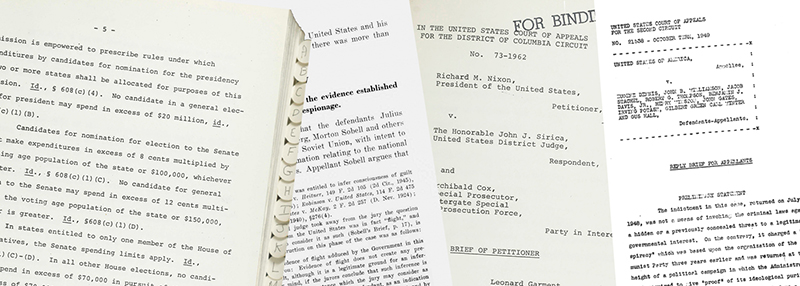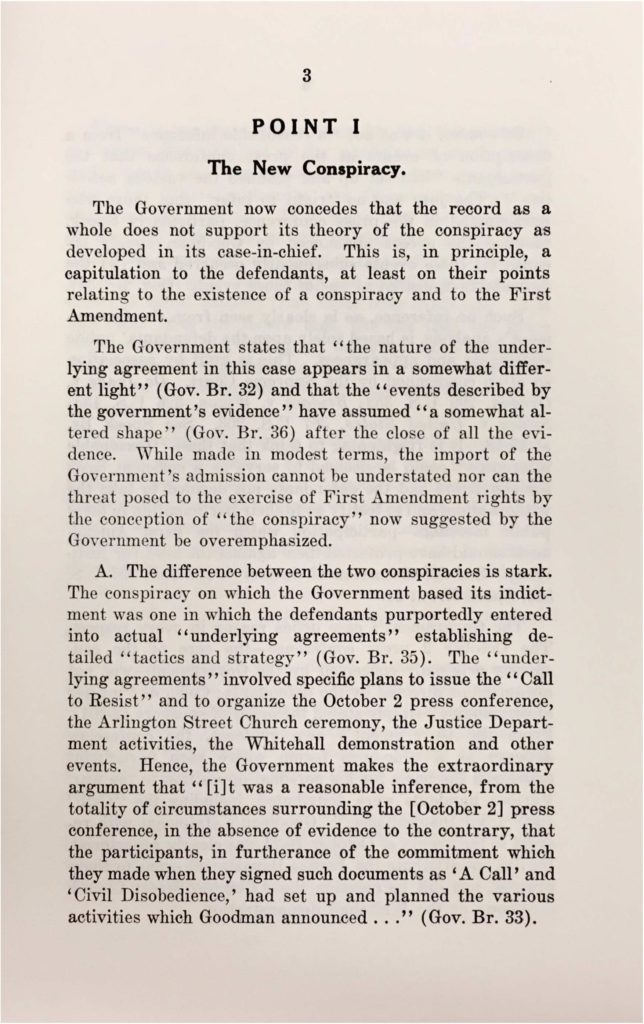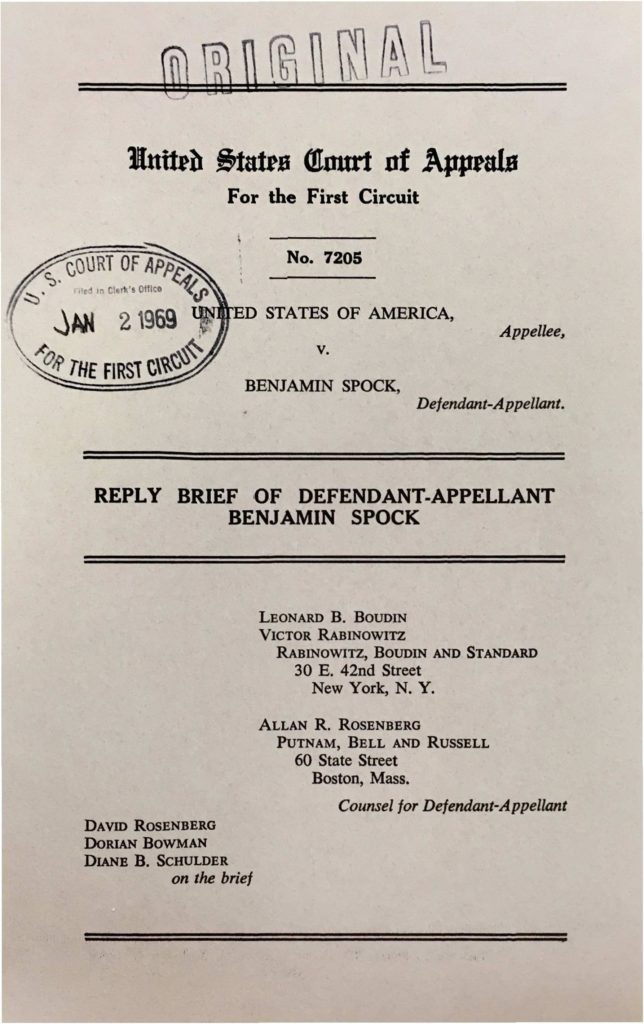| By Bennett Graff, Senior Acquisitions Editor, Gale |
In 1891, Congress established the modern federal appellate court system with passage of the Judiciary Act. Also known as the Evarts Act in recognition of the work by then New York Senator William M. Evarts, this bit of legislation organized the numerically designated regional circuit system that would become our modern federal appeals courts. Designed to hear cases on appeal from trial courts from within their regional circuits, the federal appellate courts from the period of 1950 to 1980 comprised 11 districts—10 regional districts composed of specific, usually adjacent, states (or territories) and 1 district devoted exclusively to cases filed within the District of Columbia (otherwise designated the “federal district”).
Unlike the trial courts below them where judges and juries hear testimony and review evidence, federal appeals court judges typically received briefs that argued key issues regarding the lower court decision and heard out attorneys for both sides through oral argument. And in contrast to federal appeals court opinions, the briefs themselves remain largely inaccessible. In The Making of Modern Law: Landmark Records and Briefs of the U.S. Courts of Appeals, 1950‒1980, Gale rectifies this situation by dramatically expanding access to briefs from selected cases during this important 30-year period in American legal and social history. Researchers can read briefs from appellants, appellees, and their supporters (amicus briefs) alongside their respective replies to one another, appendices, memoranda, petitions, plaintiff statements, transcripts, and other key documentation.

A comprehensive offering of every brief filed during this period across all of the appellate circuits would’ve required the digitization of tens of millions of pages. But legal scholars will be the first to note that not all cases carry equal weight in terms of their impact on American law or on social and public policy. In order to address this challenge, Gale focused its efforts on providing access to briefs for those cases that number among the most heavily cited in law journal articles. The decision to focus on this citation statistic made it possible to concentrate on those cases that address more than just legal technicalities—cases that might find themselves cited more heavily in case law itself. A high level of citation within law journal articles speaks more explicitly to issues of greater substance both in terms of legal application and social and political effects.
Researchers from across a vast array of disciplines in the humanities and social sciences—from religion, literature, and philosophy to economics, political science, and psychology—can find within this collection a treasure trove of information on legal issues, many with clear ramifications in these fields of study and others. Notably, any of the circuits could see cases pass through their hands on such key matters as press freedoms, capital punishment, immigration policy, environmental law, freedom of religion, constitutional law, limits on free speech, sexual and racial discrimination, workplace harassment, campaign finance reform, and much more.
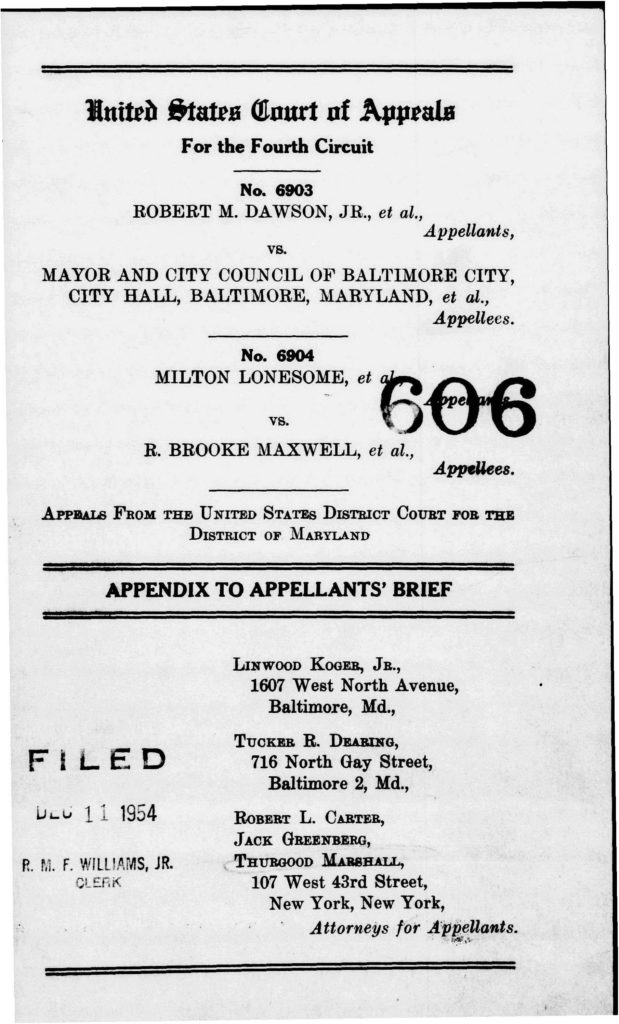
However, it was also not uncommon for topics to reflect regional differences. So the Second Circuit, which covered Connecticut, New York, and Vermont—with the lion’s share coming from New York—commonly addressed cases related to financial matters, such as Securities and Exchange Com’n v. Texas Gulf Sulphur Co., a 1968 case that helped set a legal standard for insider trading. For the Fourth Circuit, which encompassed Maryland, North Carolina, South Carolina, Virginia, and West Virginia, civil rights issues came to the fore in such cases as Simkins v. Moses H. Cone Memorial Hospital (a 1963 appellate ruling that struck down the maintenance of separate but equal facilities at a hospital that received federal funding) and Dawson v. Mayor and City Council of Baltimore City (a 1955 decision that helped sweep away efforts to retain separate but equal facilities, in this case for public parks). Out west, in the Tenth Circuit, representing the states of Colorado, Kansas, New Mexico, Oklahoma, Utah, and Wyoming, cases appear related to the plight of those not legally resident in the United States, such as Fernandez v. Wilkinson, a 1980 decision that curtailed the use of indefinite detention of undocumented immigrants.
And yet, as already noted, cases on a vast array of topics could appear within any of the circuits in question. In the First Circuit, covering the states of Maine, Massachusetts, New Hampshire, Puerto Rico, and Rhode Island, United States v. Spock in 1969 would test the limits of draft dodging as a form of free speech; for the Third Circuit, comprising the states of Delaware, New Jersey, and Pennsylvania, the court’s decision in Pritchard v. Liggett & Myers Tobacco Company would assess the culpability of tobacco companies for the carcinogenic effects of their products; and in the Fifth Circuit, which covered Alabama, Florida, Georgia, Louisiana, Mississippi, and Texas, Donaldson v. O’Connor, a 1974 case that reached the Supreme Court and would forever change the rights of mental health patients.
But these cases remain the tip of the proverbial iceberg. Researchers will find cases on a slew of issues that range far beyond matters of law and delve deeply into matters of public policy and civic culture. These cases consider the treatment of:
- Reproductive rights in the First Circuit’s ruling on Baird v. Eisenstadt (1969), which overturned a Massachusetts prohibition on the distribution of contraception to unmarried couples.
- Environmental law in the Second Circuit’s decision regarding Scenic Hudson Preservation Conf. v. Federal Power Commission, a 1965 case that granted environmental advocacy groups legal standing to represent conservation efforts in the courts.
- Mental health and patient rights, as covered in the Third Circuit’s United States v. Currens, a 1961 decision that set a new standard for whether a mentally impaired individual could be held criminally responsible.
- Worker rights and race in the Fourth Circuit’s conclusion in Robinson v. Lorillard Corporation, a 1970 case that underscored the discriminatory effects of disparate employment opportunities on the basis of race.
- Youth and student rights in the Fifth Circuit’s approach to Dixon v. Alabama State Board of Education, a 1961 decision that rewrote in loco parentis laws by granting students the rights of due process at institutions of higher education.
- Religious freedom in the Sixth Circuit case of Sequoyah v. Tennessee Valley Authority, which in 1980 refined the claim of centrality with questions of religious freedom or cultural life.
- Free speech in the Seventh Circuit’s view of Collin v. Smith, a 1978 decision that remains among the most controversial in its preservation of free speech rights for a Nazi demonstration in Skokie, Illinois.
- Prison reform in the Eighth Circuit case of Holt v. Sarver, a 1978 ruling that deemed the entire Arkansas prison system as being in violation of the Eighth Amendment.
- Consumer protection in the Ninth Circuit’s decision on Davis v. Wyeth Laboratories, Inc., a 1962 controversial medical labeling case that tested the obligational limits of manufacturers to warn consumers.
- Corporate responsibility in the Tenth Circuit’s treatment of Silkwood v. Kerr-McGee Corp., a critical case affecting nuclear power plant liability.
- Criminal liability in the District Court’s take on Durham v. United States, a 1954 ruling that established the jury rule of allowing for a finding of not guilty for reason of insanity.
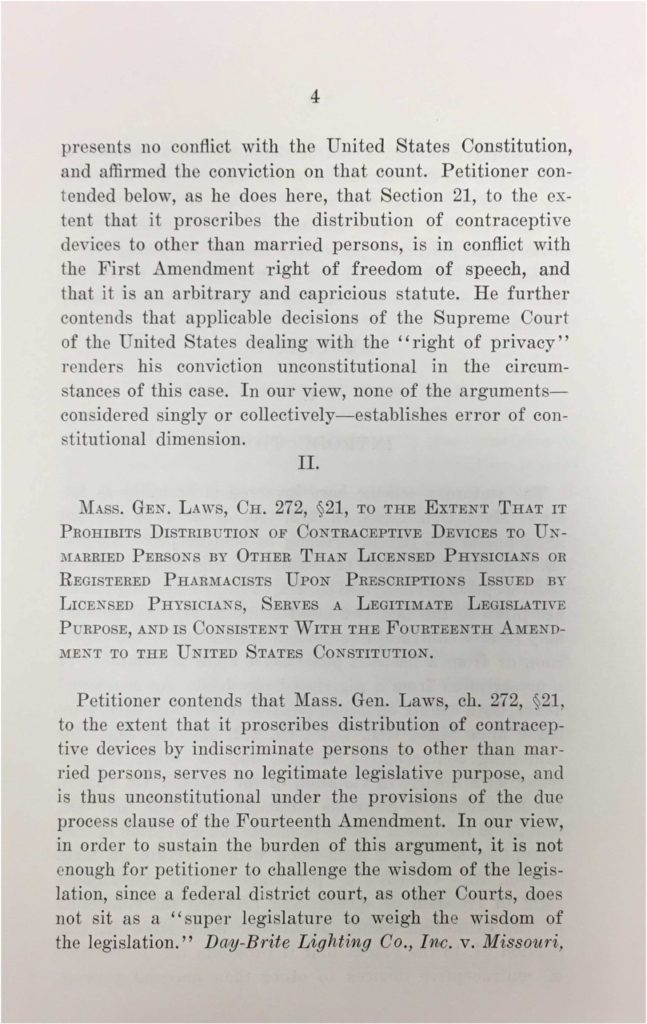
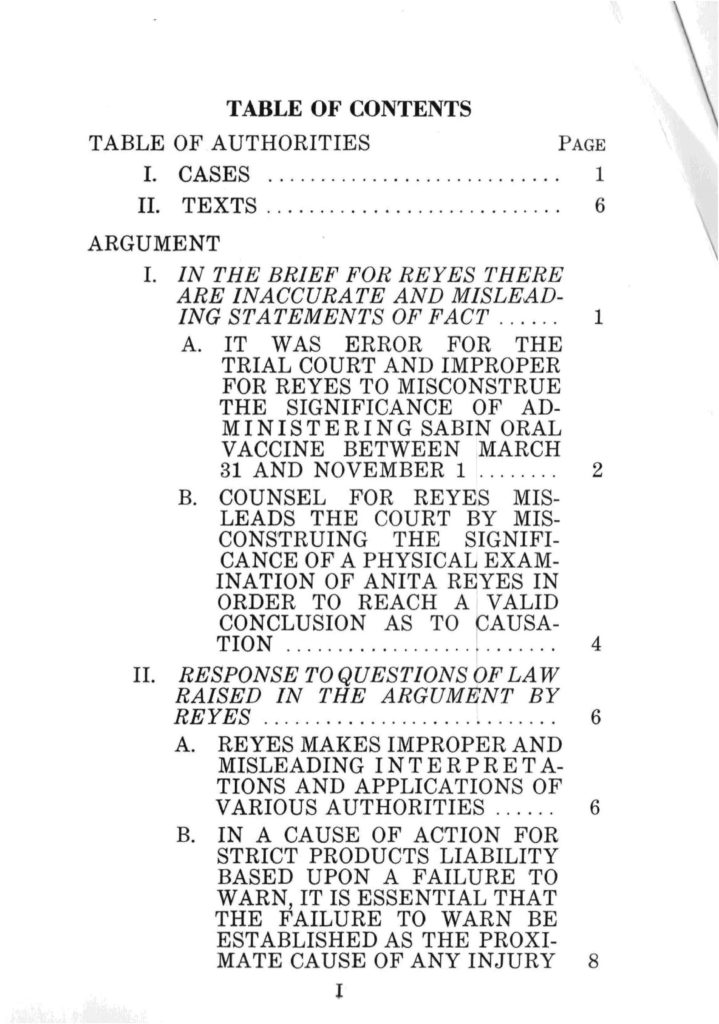
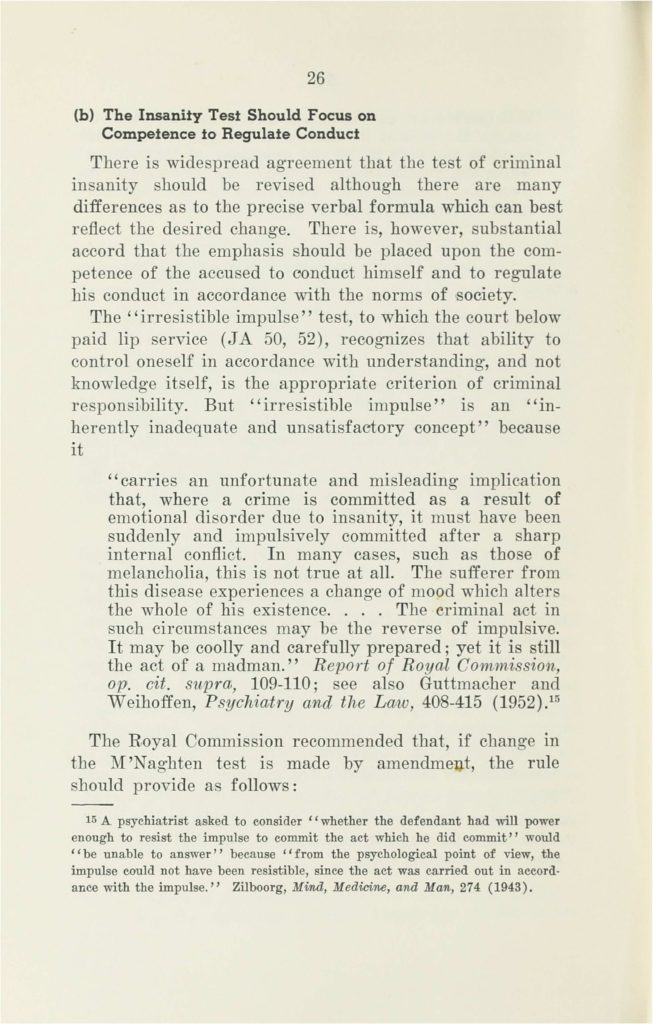
And beyond even these, scholars will find cases on other topics of critical legal and social importance: cases that loom large on such matters as capital punishment or executive branch authority; others that seem less notable in terms of social policy but touch our daily lives in all sorts of ways—from reach of and limitations on copyright to the rights of sports team franchises to relocate. Irrespective of topic, the number of cases ultimately settled at federal appellate circuit court level dwarfs the number that the Supreme Court ultimately heard—and that in itself should give any scholar pause who seeks to understand the American legal—as well as sociopolitical—landscape during this period in American history.
To learn about The Making of Modern Law: Landmark Records and Briefs of the U.S. Courts of Appeals, 1950‒1980, visit the web page.
Air Jordan
